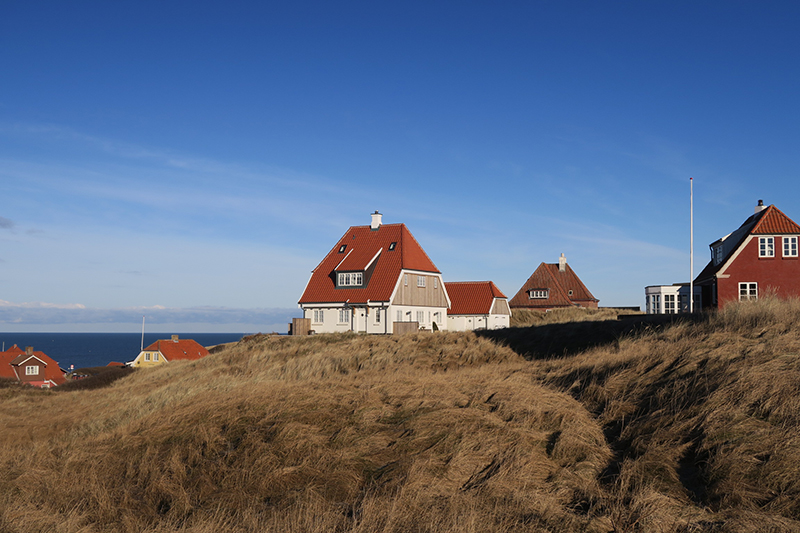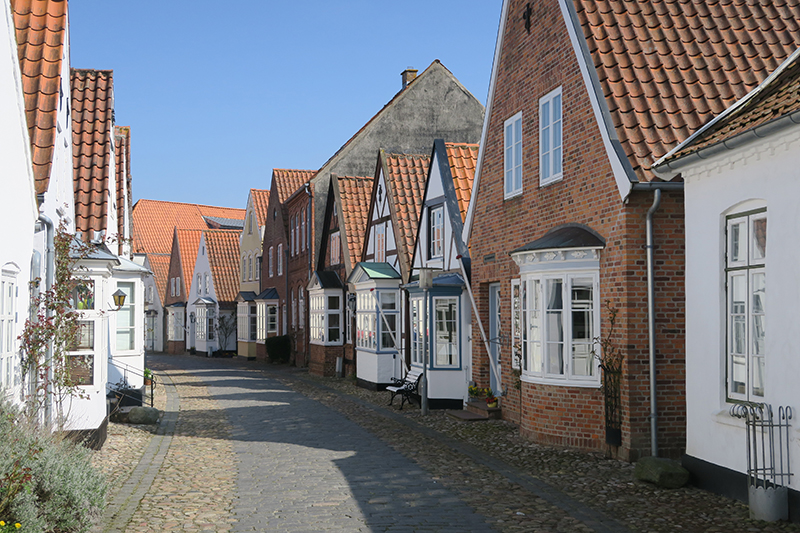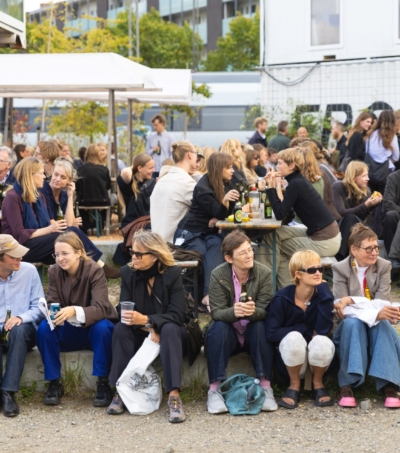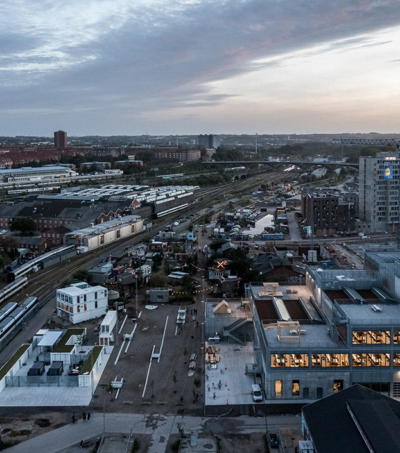25.01.2018 / Nyhed
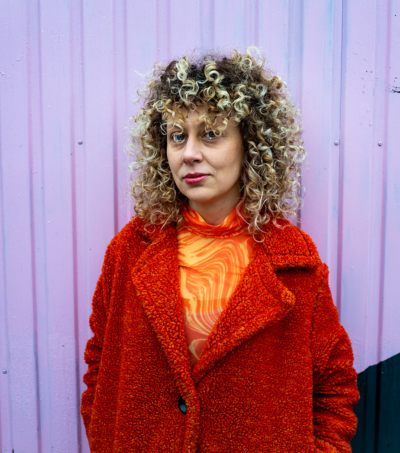 https://aarch.dk/wp-content/uploads/2025/09/alicia-2-lowres.jpg
1000
1500
Trine Steffenauer
https://s3-eu-central-1.amazonaws.com/aarchdk/wp-content/uploads/2019/02/03164631/aarch-logo-dark.svg
Trine Steffenauer2025-09-24 07:30:582025-09-24 09:58:20Alicia Lazzaroni Receives the Teaching Award 2025
https://aarch.dk/wp-content/uploads/2025/09/alicia-2-lowres.jpg
1000
1500
Trine Steffenauer
https://s3-eu-central-1.amazonaws.com/aarchdk/wp-content/uploads/2019/02/03164631/aarch-logo-dark.svg
Trine Steffenauer2025-09-24 07:30:582025-09-24 09:58:20Alicia Lazzaroni Receives the Teaching Award 2025
